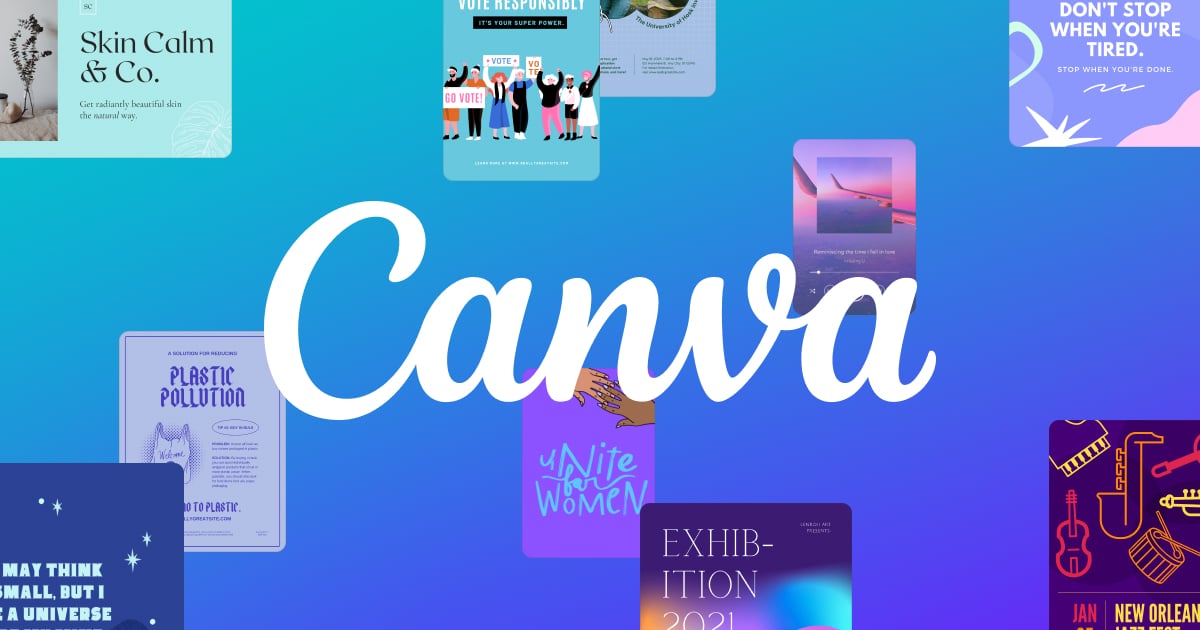Robert Prior
Well-Known Member
I use PTGUI Pro, which works well and I'm very used to it.How do you stitch jpegs? Also how can you stretch a jpeg plan view so that there is no distortion?0
Photo stitching software 360 degree Panorama image software
PTGui is image stitching software for stitching photographs into a seamless 360-degree spherical or gigapixel panoramic image
You could also look at Affinity Photo, which is currently on sale. I don't use it for stitching panoramas because I'm used to PTGUI, but I use it for virtually all my other editing needs.

Unsupported client
It seems you are using an old or unsupported browser. To continue enjoying our product, please update to a recent version of one of the following browsers:
 affinity.serif.com
affinity.serif.com
I've used Hugin, which is free. I converted to PTGUI years ago, but wouldn't have done that without experience with Hugin first.










